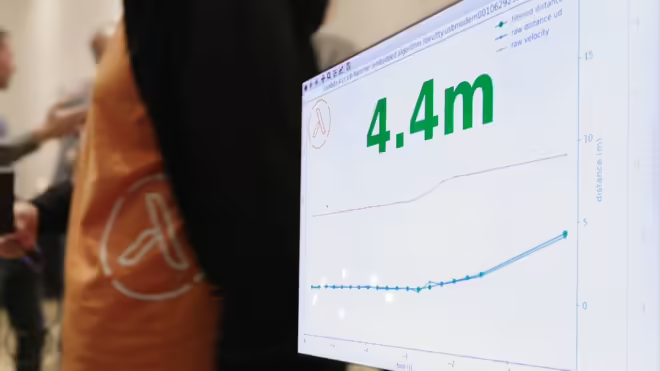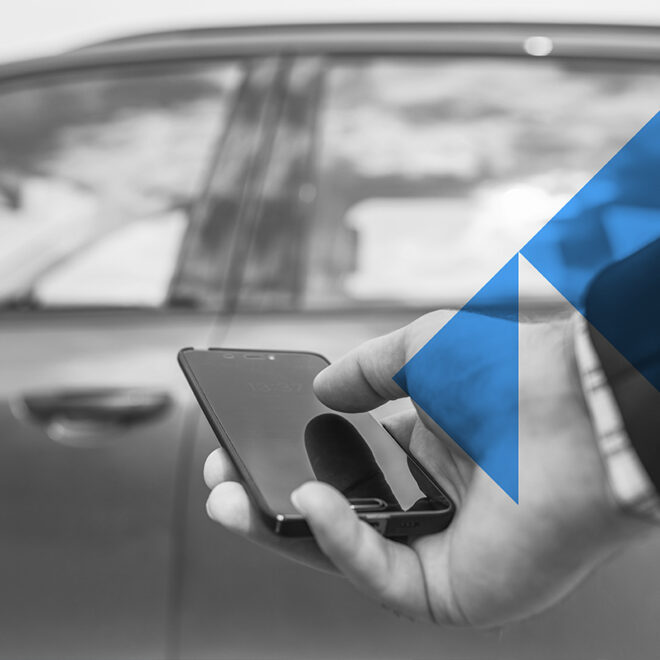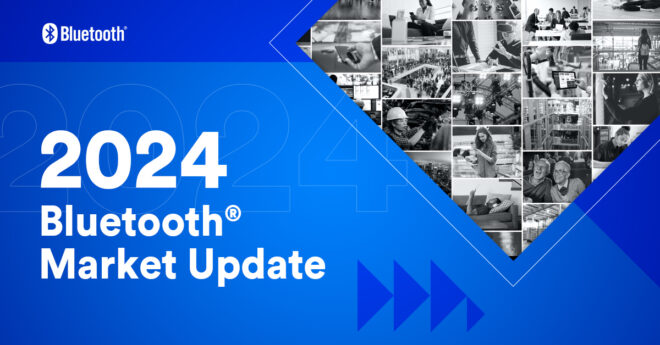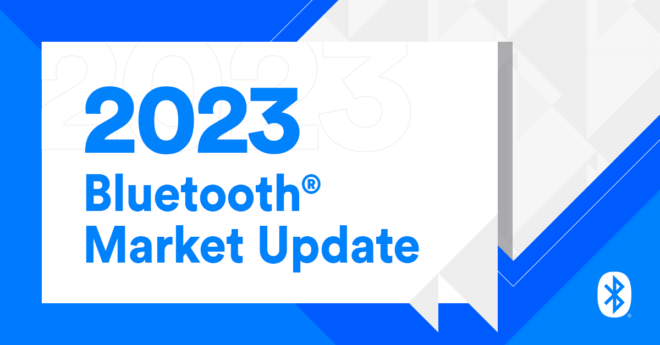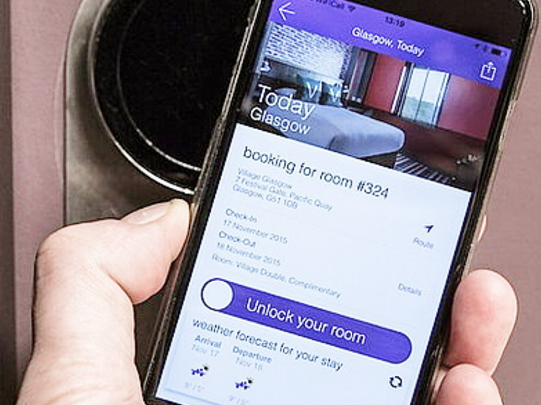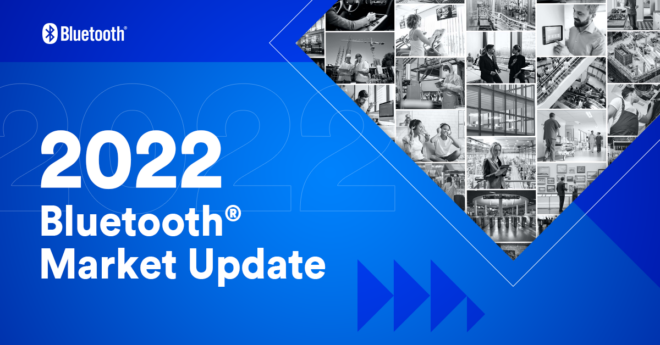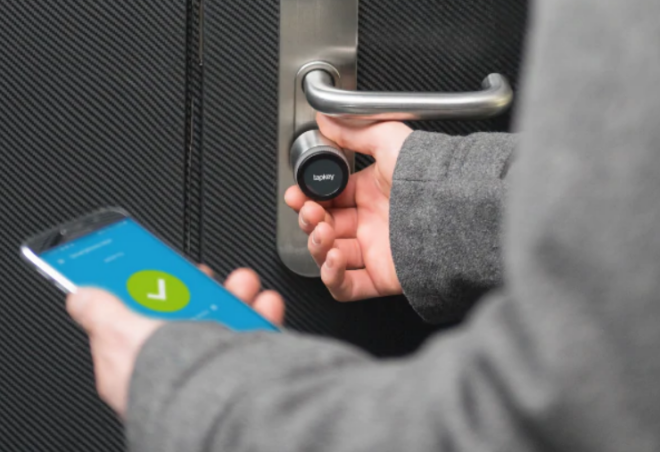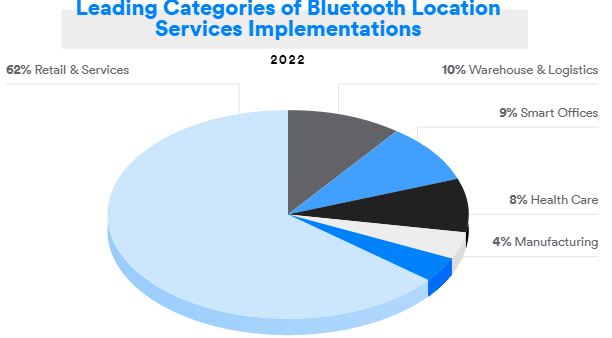Taiwan’s scooter density is the highest in the world. However, the incidence rate of A1 accidents (i.e., the fatal traffic accidents causing immediate death or death within 24 hours) in Taiwan remains obstinately high. Therefore, scooter road safety is an urgent matter that requires public awareness. If we can build a comprehensive, smart internet of vehicles (IoV) that integrates Bluetooth® technology, edge computing, and cloud technologies, we can notify riders/drivers of speed detectors, navigation instructions, and traffic updates with audio via Bluetooth headphones, creating a safer experience.
Recently, I had the opportunity to speak with the CEO of Aeon Motor, Tony Lin, to discuss the development of the IoV. We also discussed how Bluetooth technology meets Aeon’s high transmission speed and reliability requirements for its CROXERA Smart Dashboard and ensures a comprehensive IoV service for consumers.
“We firmly believe the cost advantage and transmission performance of Bluetooth® technology will expand the possibilities of future applications, especially for cost-sensitive and highly mobile scooter/motorcycle products.”
– Tony Lin, Aeon Motor
Q&A with Tony Lin, Aeon Motor CEO
How are you using Bluetooth technology in your IoV products?

CROXERA1 (launched in 2018) and the latest CROXERA 5 are integrated in smart electric scooters. Both adopt Bluetooth Low Energy (LE) technology to support rigid cost and power requirements. The wireless solution meets the products’ needs for low energy consumption with extremely low operating and standby power while improving data transfer speed and privacy protection. Such features significantly boost the functionality of the CROXERA Smart Dashboard. For our future products, we look forward to using the latest features of Bluetooth technology for faster data transfer. The latest Bluetooth technology features enable IoT applications with lower energy consumption and higher performance.
Bluetooth® technology allows Aeon to create the data transfer link between the mobile phone and the dashboard. Since the dashboard for traditional scooters accounts for a smaller portion of vehicle cost, building all computing capabilities in the smart dashboard would increase the price. Furthermore, it would raise privacy issues with personal data breaches. CROXERA’s design incorporates Bluetooth technology and splits the computing capabilities into three parts — edge computing, cloud computing, and the collaborative device. Following this framework, the dashboard is defined as a collaborative device, operating in collaboration with the mobile phone linked via Bluetooth technology. Bluetooth technology allows the dashboard to receive computing results from the edge computing device (i.e., the mobile phone and app), respond accordingly, and send vehicle information back to the mobile phone. With 4G/5G connectivity, the mobile phone then synchronizes data to the cloud, enabling the collaborative device to connect with the cloud and increase data transfer efficiency. The mobile phone responsible for edge computing can also serve as a router; if the user has Bluetooth headphones, the mobile phone can send audio navigation instructions. This feature further compliments the intelligent control of the auxiliary system of the dashboard.
Why did you choose Bluetooth technology?
Since iPhone adopted Bluetooth® features in 2011, countless IoT peripheral devices have sprung up in the market. Nowadays, most developers opt for Bluetooth LE due to its low energy consumption, high price-performance ratio, high and reliable transmission speed, and solid system security. Aeon chose Bluetooth LE based on these advantages as well. The smart dashboard has become a common feature for high-end automobiles.
Comparatively, if we install it directly onto all scooters and motorcycles, we will have to raise the selling price significantly. While taking the consumer perspective into account, Aeon chose to adopt distributed computing system between the smart dashboard and mobile phone to reduce costs. Then, computing results are transmitted via Bluetooth® technology to the dashboard. This solution balances between technical requirements and cost effectiveness. Another concern for electric vehicles is range anxiety. Leveraging the strong suit of Bluetooth technology — that data transfer between the dashboard and the mobile phone could be maintained with little energy consumption — we can keep the overall energy consumption of the vehicle low.
Does AEON MOTOR have further plans for digital key applications, and what trends or changes will the digital key will bring to the IoV?
As we enter the digital age, the digital wallet or digital key synchronized with the mobile phone via Bluetooth® technology is now one of the most widely applied solutions.
As we enter the digital age, the digital wallet or digital key synchronized with the mobile phone via Bluetooth® technology is now one of the most widely applied solutions. Being highly secure, Bluetooth technology meets the needs of most cybersecurity scenarios. Electric vehicles also adopt the digital key to ensure control over the vehicle in Bluetooth and internet communications. To safeguard the rider’s personal data, Aeon uses double authentication via the personal device and the cloud environment. When the user connects to the dashboard for the first time, Security Manager Protocol (SMP) is activated to upload the user’s vehicle information to the cloud environment through SaaS. Then, the app initiates two-way bonding to verify it is the same user across the dashboard and the vehicle. Meanwhile, the app screens out the Bluetooth macs of other users since they are not the user pairing with the dashboard initially. This way, the vehicle and the dashboard can only be accessed by an individual rider/user. The app also adopts an appropriate disconnect/reconnect mechanism to maintain a stable connection to multiple Bluetooth devices.
![]()
FEATURED DOWNLOAD
Understanding Reliability in Bluetooth Technology
Download this detailed discussion on reliability in wireless data communication and the techniques Bluetooth technology uses to increase reliability.
How does Bluetooth technology overcome the challenges of developing IoV solutions for smart electric vehicles?
As one of the leading technologies enabling data transfer between devices, Bluetooth® solutions matured for most IoT applications and became one of the main formats in design. Therefore, Aeon Motor adopts Bluetooth technology in integration with cloud technology, allowing the dashboard to receive the latest data. Taking turn-by-turn navigation as an example, Aeon chose not to place GPS data in the dashboard and instead sends the vehicle information required by edge and cloud computing back to the mobile phone through a proper communication framework. This way, as long as the user downloads the latest version of the CROXERA app, they can access the latest map-related features. These applications depend on the Bluetooth signal connecting the devices to the cloud environment and transmitting real-time information. We firmly believe the cost advantage and transmission performance of Bluetooth technology will expand the possibilities of future applications, especially for cost-sensitive and highly mobile scooter/motorcycle products.

Aeon’s Bluetooth® and cloud solutions serve more than 17,000 vehicle owners. We want to build on previous success while focusing on safety in our designs; we are committed to developing functions meeting the needs of riders in Taiwan and around the world. As delivery services become more prevalent, couriers face the threat of COVID-19. With cloud computing featuring map data, the courier simply keys in the address for delivery; notifications can immediately be sent to the dashboard via a Bluetooth connection, alerting the courier if the location involves high COVID risks. Features like these enable couriers to take precautions, and the project is currently under assessment for feasibility. In the future, the courier may not be required to key in an address; as the vehicle approaches the proximity of high-risk areas, one of the core functions of the CROXERA system, SMART NOTICE, sends automatic alerts. This is also done by connecting the mobile phone (results of edge computing) and the dashboard via Bluetooth technology.
How can Bluetooth technology add value to IoV applications and services of electric vehicles?
Enabled by Bluetooth® and cloud technologies, CROXERA developed a real-time vehicle proximity warning system in collaboration with Taiwan’s Institute for Information Industry (III). The system can detect oncoming vehicles within 50 to 500 meters. First, the mobile phone receives the information, such as traffic updates or incidents ahead, and then sends it via a Bluetooth signal to the dashboard, allowing the rider to slow down before approaching the location and avoid danger. In the future, Aeon plans to develop an advanced warning system for traffic accidents. Safety is of our utmost priority and we are building an IoV to make the road safer for riders in Taiwan. The advanced warning system needs a communication model enabling real-time, low-energy, power-saving transmission technology with simple connectivity requirements to operate properly. Bluetooth technology meets these requirements perfectly.
Do you have plans to allow connections to multiple Bluetooth devices in the future, supporting multiple operating systems and brand-name wearable devices to enrich the IoV ecosystem?
Bluetooth technology facilitates the development of the IoV.
Data transfer and communication through Bluetooth® technology is a major trend for most devices in the future. As technology advances, the performance of the mobile phone increases, thus boosting the number of devices that could be connected. Aeon’s distributed design can satisfy user habits for various scenarios. Based on our observation, in the next five years, as the IoV expands and becomes more comprehensive, more and more Bluetooth wearable devices and peripherals will emerge, from helmets to smart wristbands. While following traffic regulations and safety rules, these devices will interact with road users via vibration, symbols, text, audio, video, and images to notify the user of road conditions in advance. An existing example would be accessing electric vehicle functions via an Apple Watch.
In addition, we are working with Taiwan’s ICT brand MSI to develop non-dashboard IoV devices using the CROXERA system, similarly adopting Bluetooth technology. The devices will support vehicles regardless of brand or whether the vehicle is electric or a hybrid since the different aspects of the network are all connected via Bluetooth technology. In other words, Bluetooth technology facilitates the development of the IoV.
![]()
FEATURED REPORT
The Bluetooth® Market Update
The Bluetooth® Market Update provides updated forecasts and trends in key Bluetooth solution areas and highlights Bluetooth use cases that will drive future growth.




